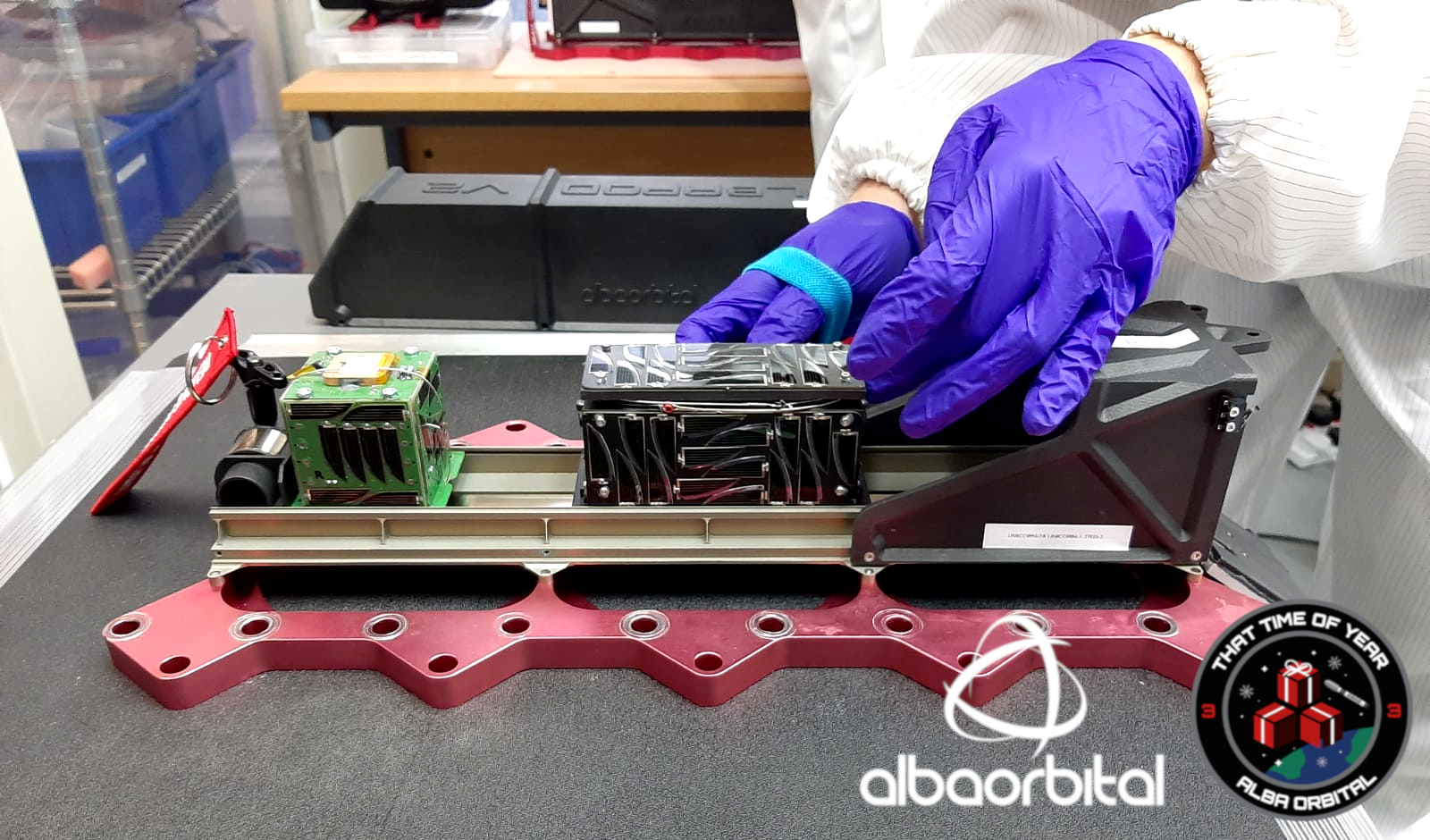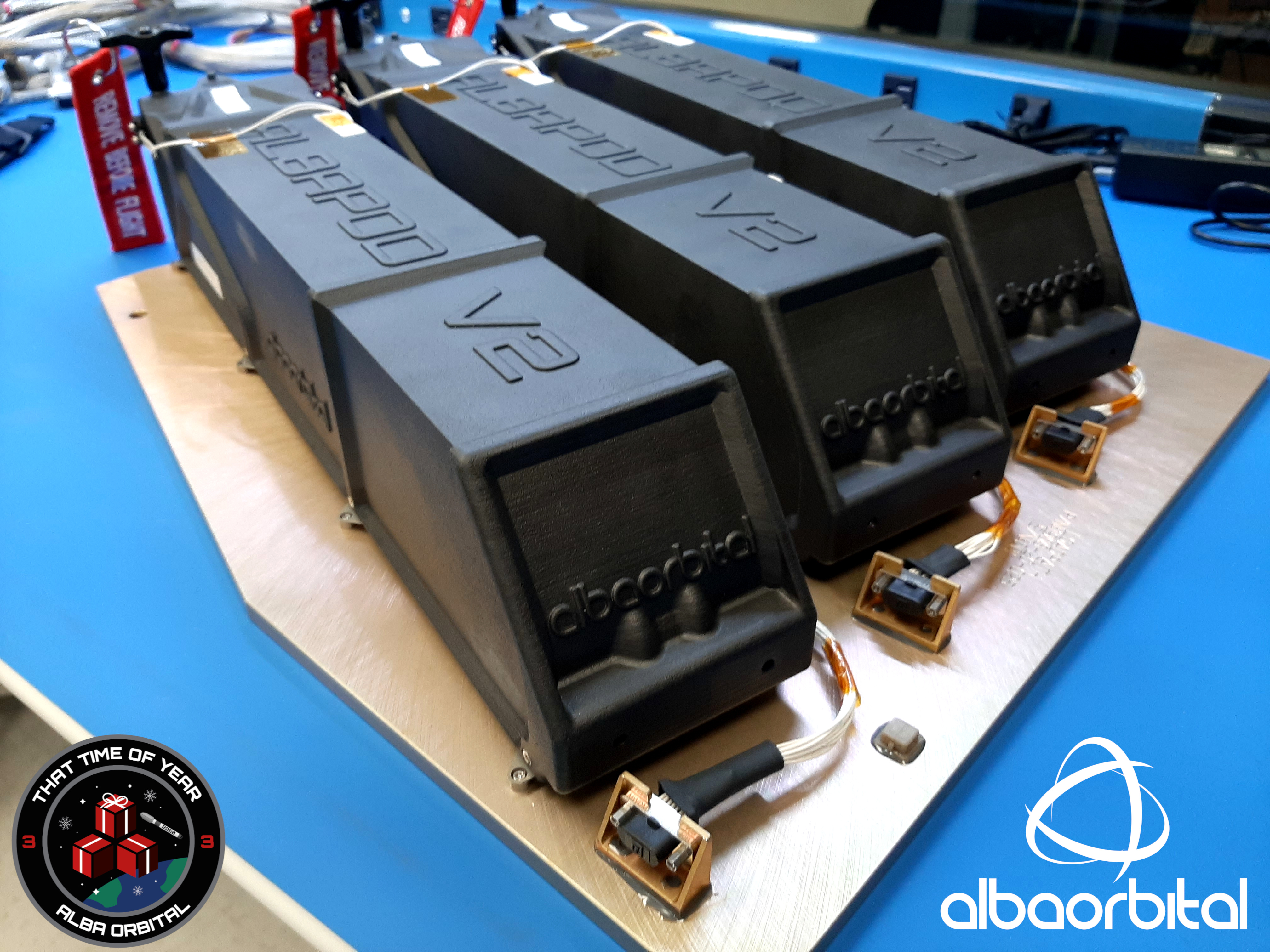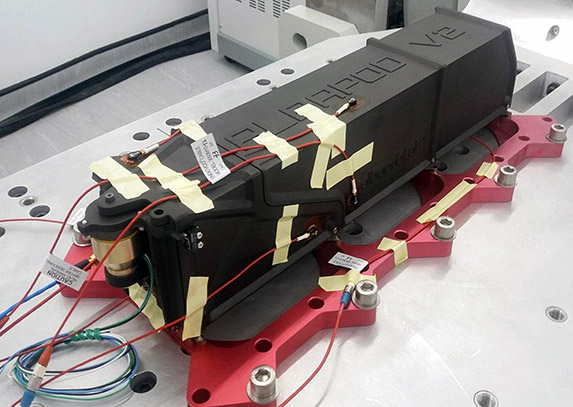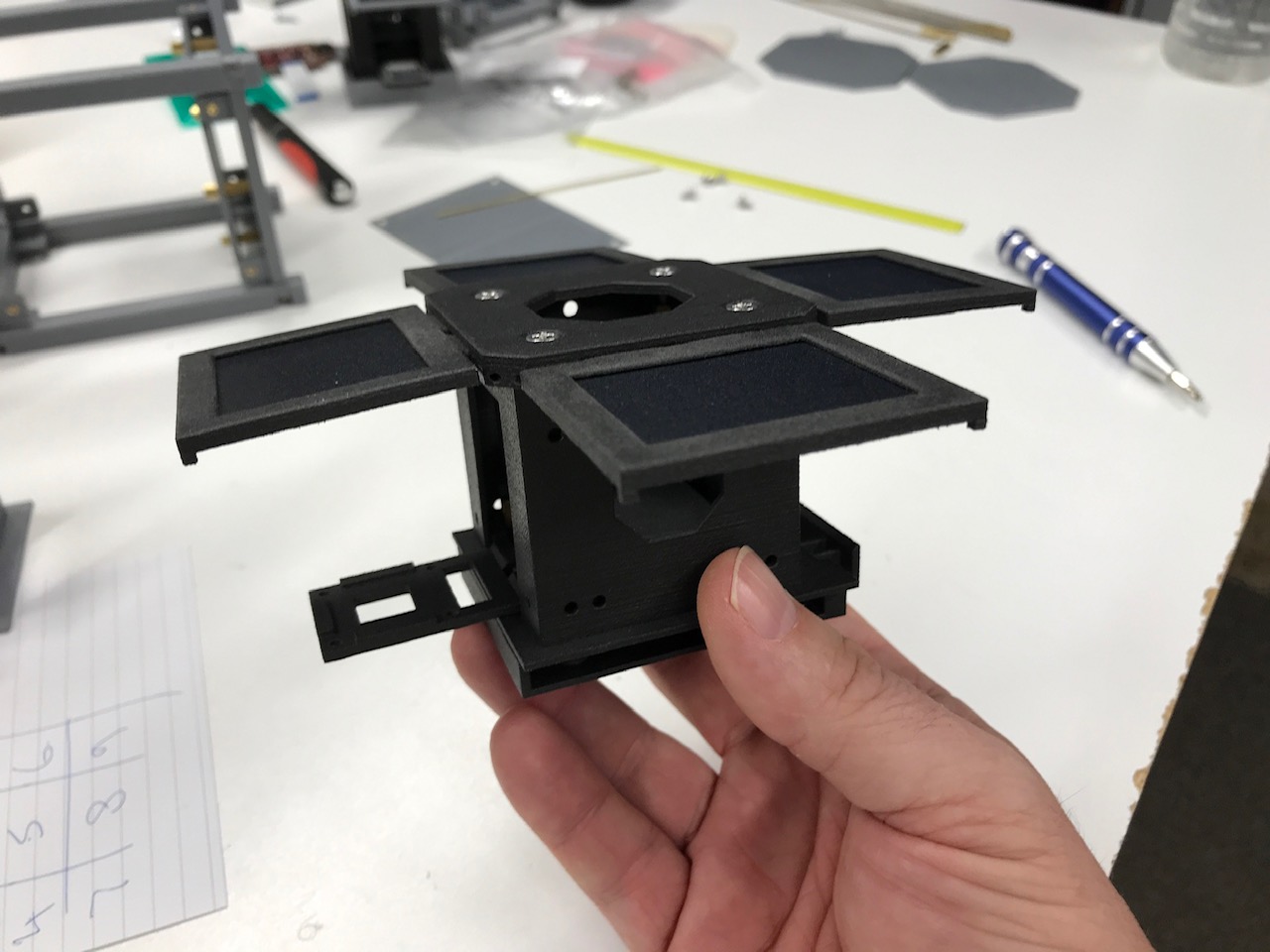With the help of 3D printing materials and services provider CRP Technology, aerospace firm Alba Orbital has successfully integrated nine PocketQube satellites into its AlbaPod v2 deployer ahead of the launch date for its Cluster 3 mission in December.
The AlbaPod v2 is currently the world’s only space-proven PocketQube deployer and is entirely 3D printed with CRP Technology’s Windform XT 2.0 high-performance composite material.
“We are very pleased that Alba Cluster 3 mission represents a historic event in PocketQube history, and that professional 3D printing along with Windform XT 2.0 composite material is part of it,” said Franco Cevolini, VP and CTO at CRP Technology. “We revolutionized the smallsat arena, and now we are doing the same with the PocketQube world. As Tom Walkinshaw, founder and CEO of Alba Orbital, recently said, ‘this is a huge milestone for Alba and the PocketQube community.’ We at CRP Technology are very proud of it.”

The Alba Cluster 3 mission
A PocketQube is a type of miniaturized satellite for space research that usually has a size of 5cm cubed. Alba Orbital will take its customers PocketQubes to orbit by hitching a ride on the SpaceX Falcon 9 launch vehicle as part of a rideshare agreement.
The cluster includes satellites from TU Delft and Ariel University, as well as Turkey’s first pico-satellite, the Grizu-263a, designed by students from Zonguldak Bülent Ecevit University. Mehmet Uludağ, Delfi-PQ team member, explained why TU Delft signed up to launch with Alba Orbital: “Alba Orbital is the only company right now that has a qualified PocketQube Deployer and this gives you a certain confidence that your satellite will be deployed without any problems.”
The spacecraft is due to take off from the Kennedy Space Center in December, with nine PocketQube satellites on board as part of Alba Orbital’s Cluster 3 mission.

3D printing the AlbaPod v2 with CRP Technology’s Windform XT 2.0
Part of CRP Technology’s range of Windform TOP-LINE composites, Windform XT 2.0 features substantially-improved mechanical properties compared to its predecessor, Windform XT, which include an eight percent increase in tensile strength, and a 46 percent increase in elongation at break.
The carbon-fiber-reinforced material is suitable for the creation of accurate, reliable, and durable prototypes, and displays satisfactory rigidity for the production of functional end-use applications too. Rated ‘HB’ according to the UL 94 flammability test, Windform XT 2.0 has the necessary retardancy to be used in proximity to open flames from thrusters or boosters.
The combination of these features saw Alba Orbital switch to Windform XT 2.0 for the creation of multiple parts on its AlbaPod v2 deployer. The entire shell was redesigned in the material, in addition to the moving ejection mechanism and door assembly, among various other components.

3D printing satellites
3D printing technologies and materials are becoming increasingly utilized within aerospace and space applications.
In July, CRP USA, CRP Technology’s partner firm, assisted miniature satellite manufacturer Mini-Cubes in the development of three 3D printed, flight-ready PocketQubes. The pocketQubes also utilized CRP’s Windform XT 2.0 material using polymer SLS technology.
Around the same time, Canadian manufacturing service bureau Burloak Technologies and communications company MacDonald, Dettwiler and Associates agreed a collaboration deal to develop 3D printed satellite parts over the next five years. The overall aim of the project is to prove the viability of 3D printed parts for applications in the harsh environment of space.
Prior to these developments, Franco-Italian aerospace manufacturer Thales Alenia Space has implemented 3D printing in the series production of its satellites. Thales has also worked with Swiss radio frequency (RF) component supplier SWISSto12 on the delivery of 3D printed waveguide signal interconnects for the Eutelsat KONNECT Very High Throughput Satellite (VHTS) program.

Subscribe to the 3D Printing Industry newsletter for the latest news in additive manufacturing. You can also stay connected by following us on Twitter and liking us on Facebook.
Be sure to subscribe to the Another Dimension podcast on your chosen podcast player to make sure you never miss an episode.
Looking for a career in additive manufacturing? Visit 3D Printing Jobs for a selection of roles in the industry.
Featured image shows Alba Orbital has successfully integrated nine PocketQube satellites into its AlbaPod v2 deployer. Image via CRP Technology.



